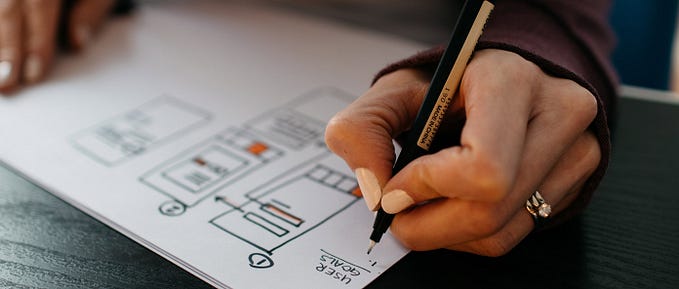Member-only story
How to design an Apple Design Award-winning app
An in-depth study into recent ADA winners and what they have in common.

Firstly, let me just state that I have personally never won an Apple Design Award (ADA). Not many people have. In fact, the highly prestigious award is only presented to a handful of app designers and developers from around the world at Apple’s WWDC event each year.
For a mobile designer, winning an ADA trophy with its crisp aluminium body and touch-activated glowing Apple logo represents the pinnacle of design achievement. In Apple’s own words, the ADA’s recognise the “creative artistry and technical achievements of developers who reflect the best in design, innovation and technology on Apple platforms.”
So what does it take to end up on the receiving end of one of these coveted accolades? As the creative director and co-founder of a successful app development agency, I was more than a little bit curious to find out.
When the 2018 ADAs were recently announced, I decided to stop puzzling over Apple’s picks and look for answers in the data.
By analysing all of the winning apps over the last five years perhaps I could uncover the secret recipe for designing an ADA-winning app.
The Study
So, after downloading every one of the twenty-six award winning apps since 2014, I set forth mapping out the design characteristics of each app, looking for patterns and clues, and indeed I found many. But before I get into what I found, first let me explain a bit more about my study.
Any WWDC fans will be aware that over the last five years there have been fifty-nine ADA award winning apps, not twenty-six. I decided to eliminate thirty-three of them from my study and focus purely on iOS apps rather than Mac OS apps or games. This resulted in a very small sample size of just twenty-six apps remaining. This wasn’t ideal but to me it was preferable to including apps that weren’t really relevant to me and my mobile app focus.








